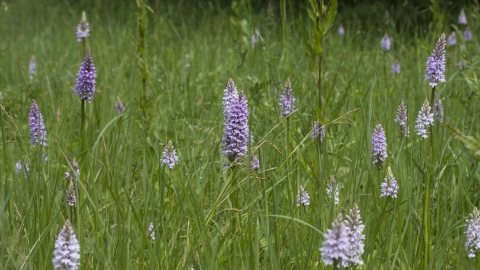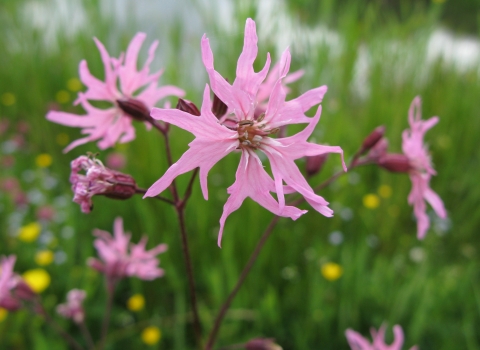
West Wood Nature Reserve
Know before you go
Dogs
Under effective control
When to visit
Opening times
Accessible at all timesBest time to visit
April to July and November to FebruaryAbout the reserve
This wonderful mixed deciduous woodland, with Ash, Hazel, Field Maple and more, is rich in plant and wildlife. Coppiced as far back as the Middle Ages, this woodland holds a number of important and beautiful species that thrive in the coppiced rides and glades. In spring, wander past rides full of pale yellow Oxlips, nationally scarce and only found in this small area of East Anglia, with the warming days bringing Speckled Wood, Brimstone and Ringlet butterflies flitting through the trees and glades.
As the weather starts to warm after winter, the four ponds are soon bursting with life as the Great Crested Newts begin their courtship dances and Dragonflies and Damselflies start to emerge. Tiny Goldcrests nest alongside Warblers and Buzzards, while a large flock of Stock Doves settle in the standing dead trees.
In early summer, Purple and Greater Butterfly Orchids can be found as well as Essex rare Wood Barley. The woods are awash with colour come autumn, as the leaves start to turn with their beautiful red and golden tones.
Habitat
Contact us
Environmental designation

Credit - Lee Schofield
Did you know?
West Wood is a wet woodland, so bring your wellington boots!
This distinctive feature of the wood leads to some interesting plants thriving here that you would not associate with a woodland - Ragged Robin grows particularly well in the rides and glades
